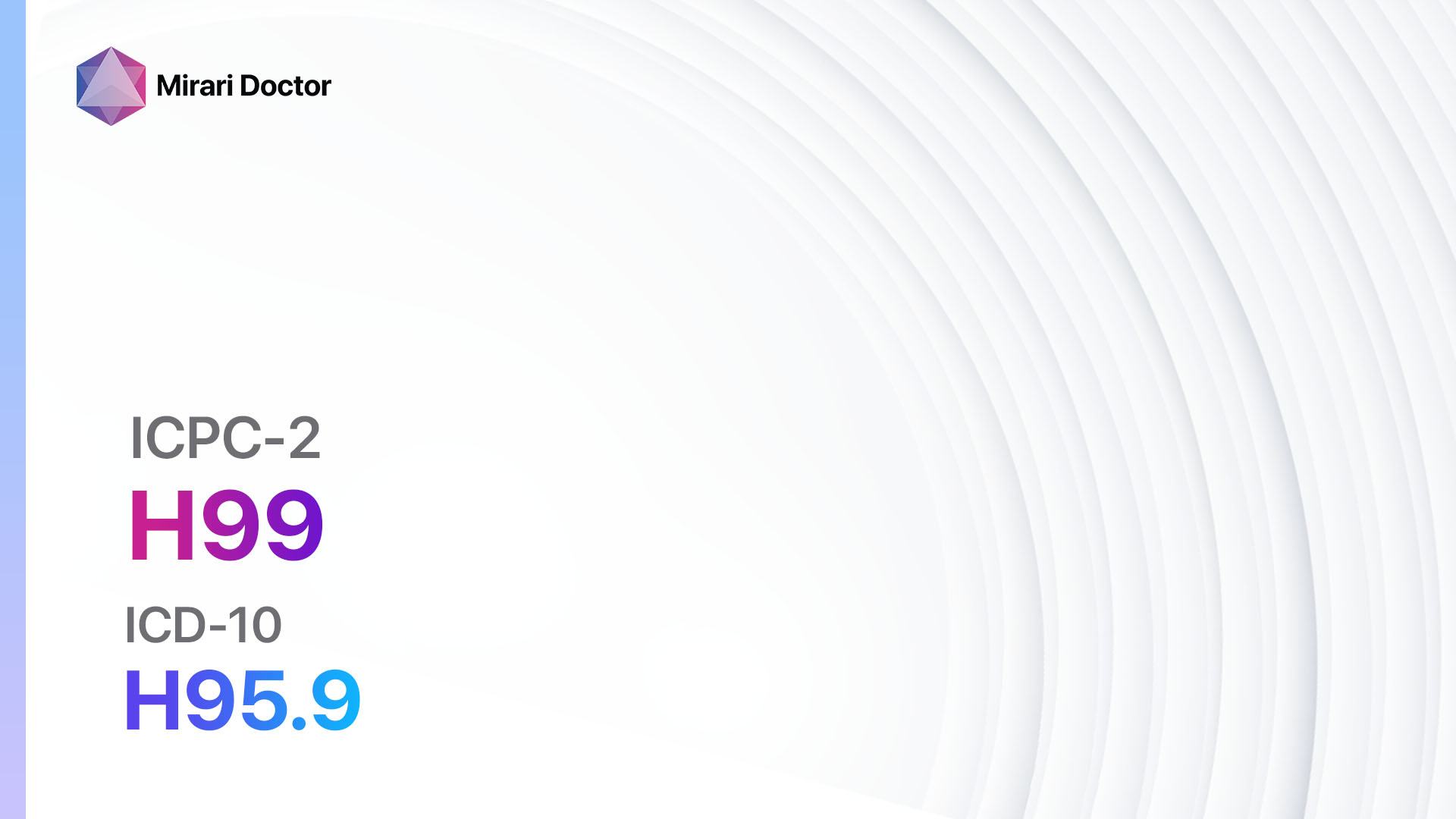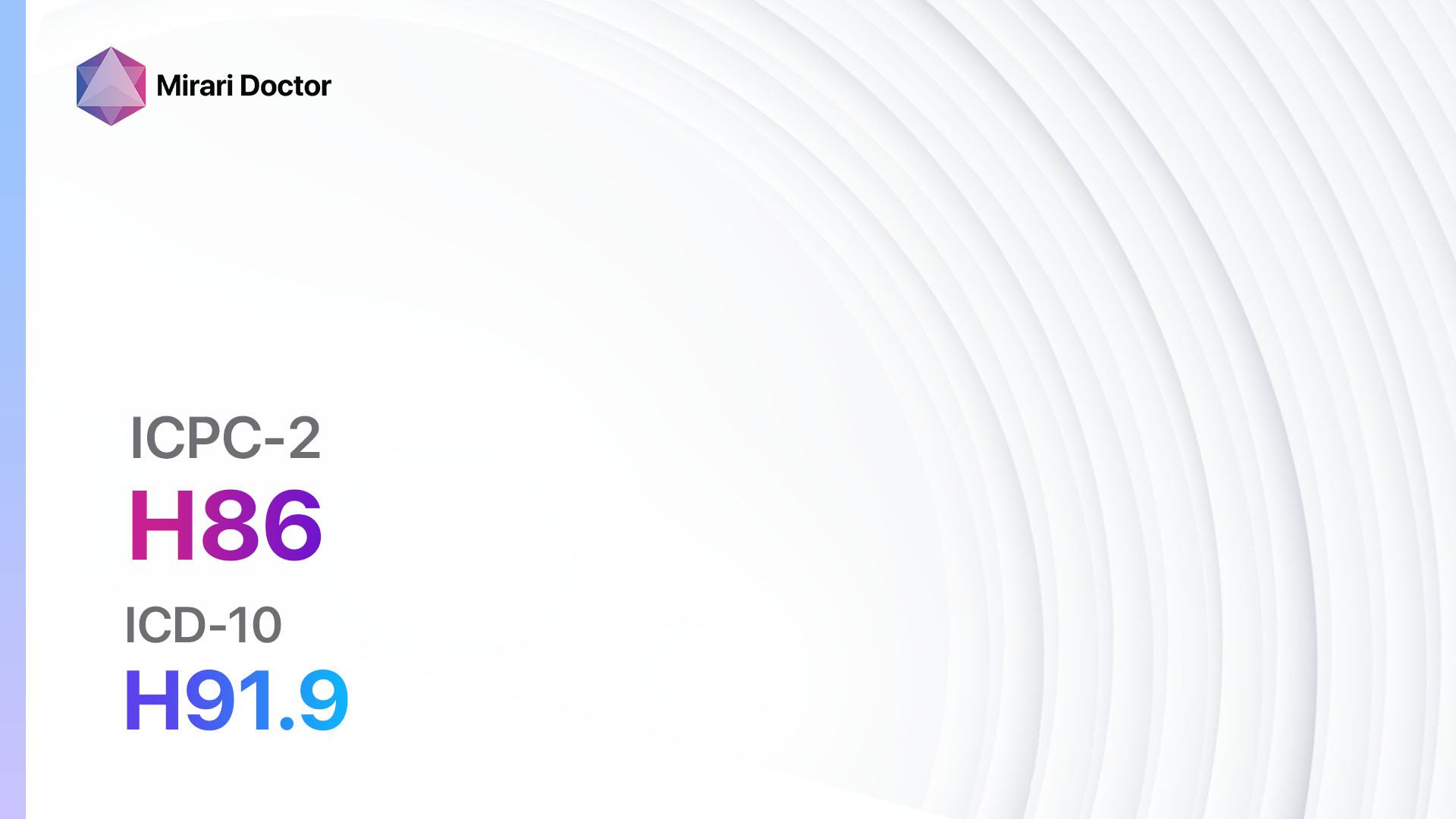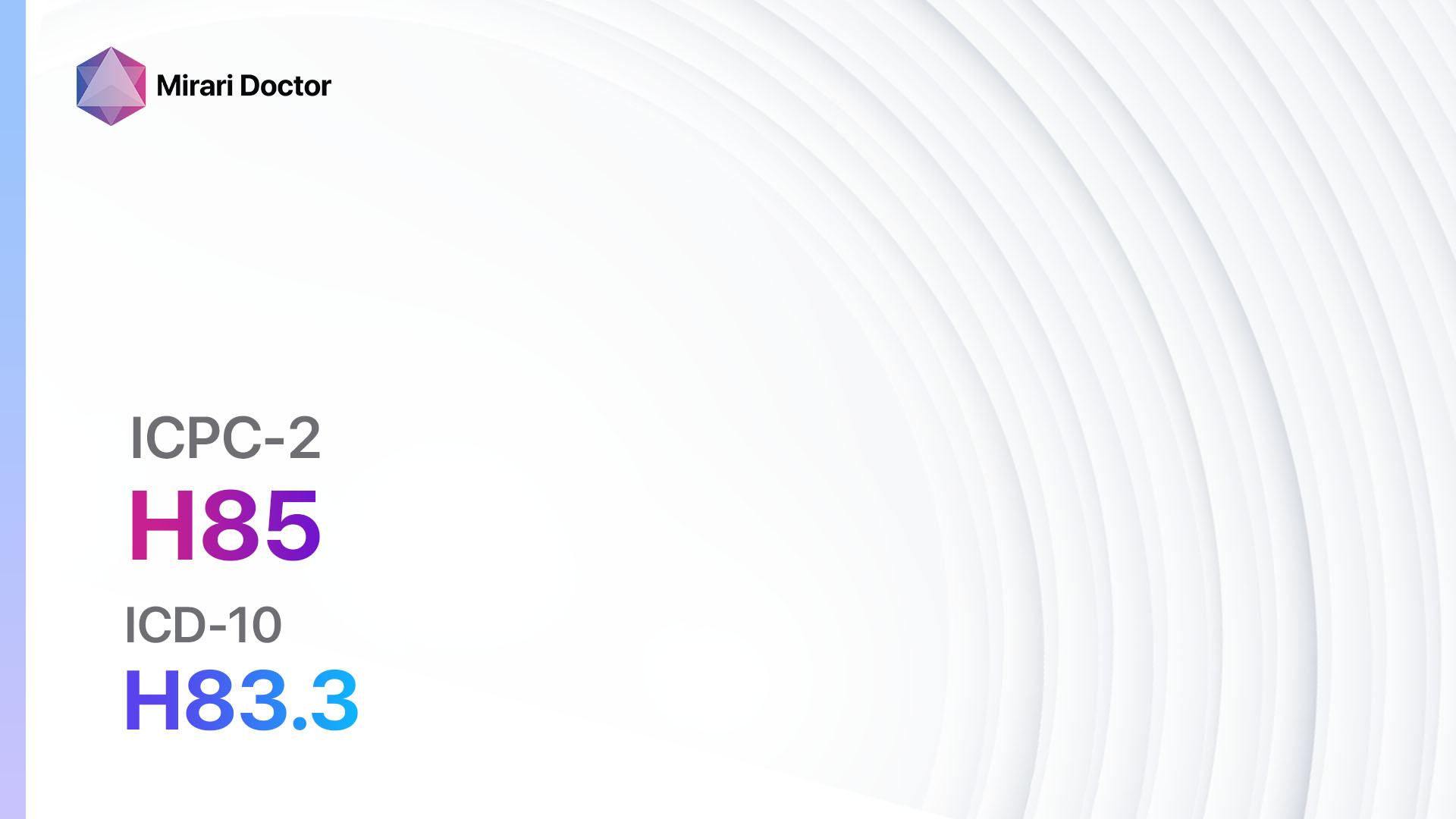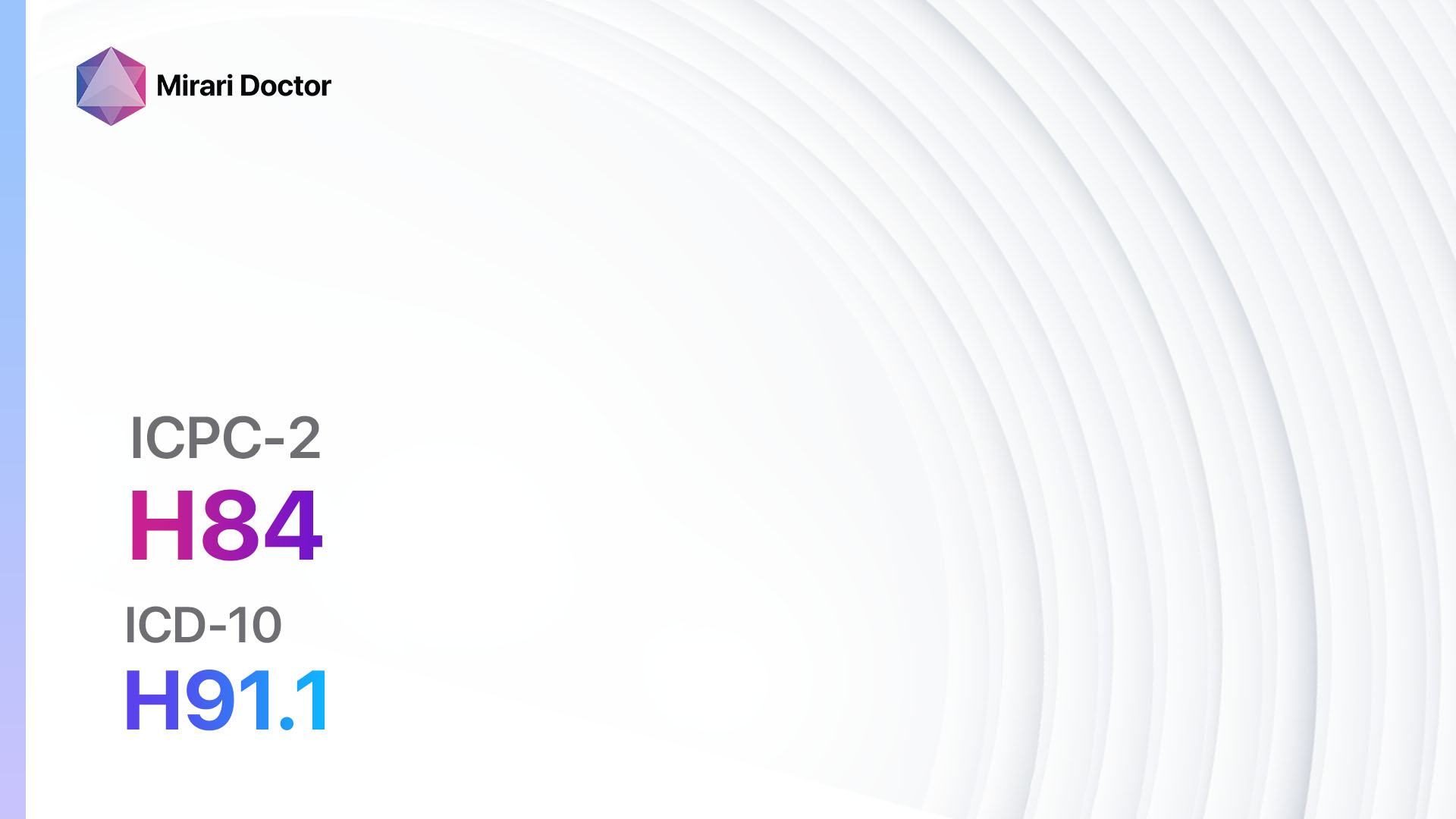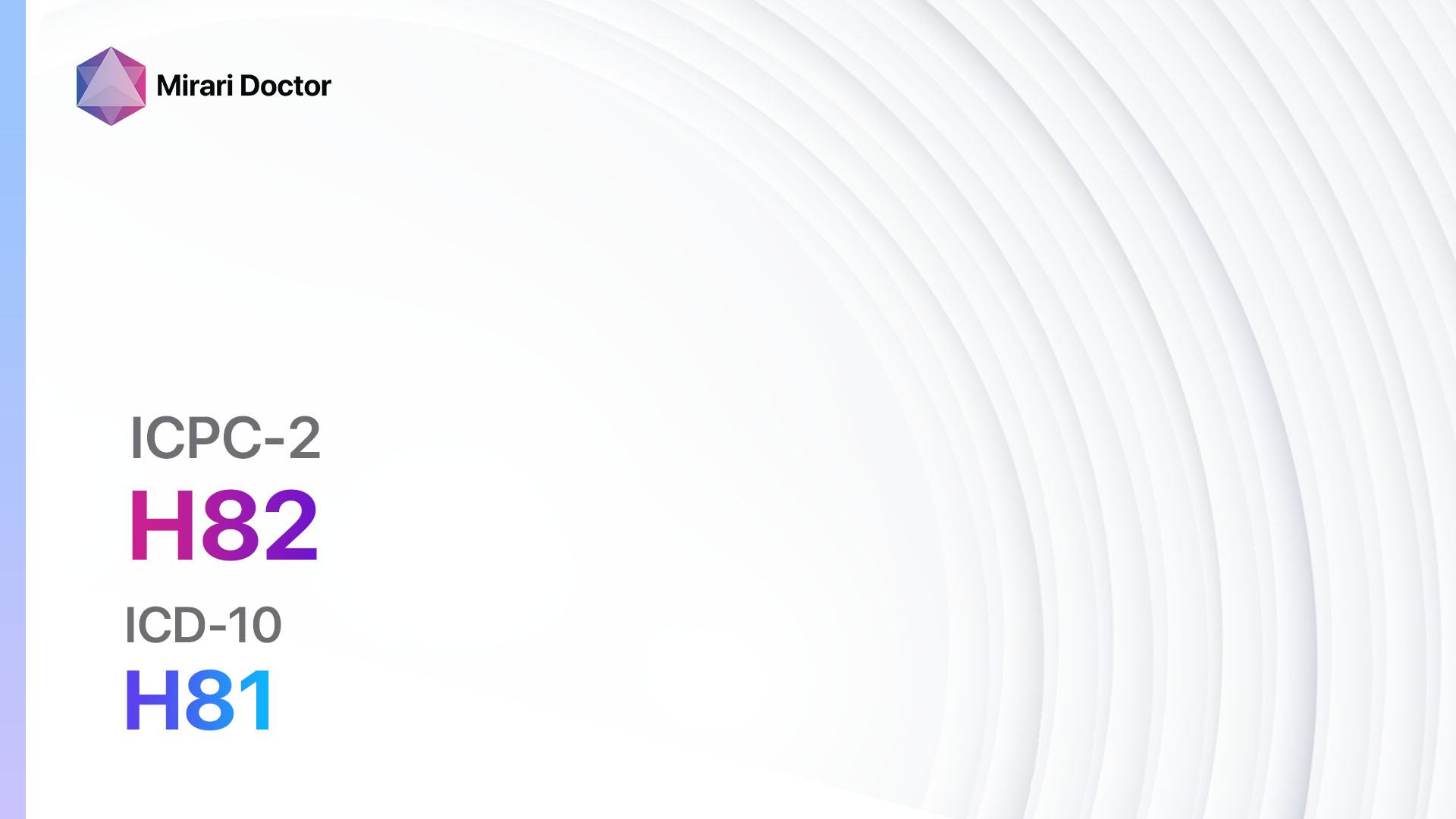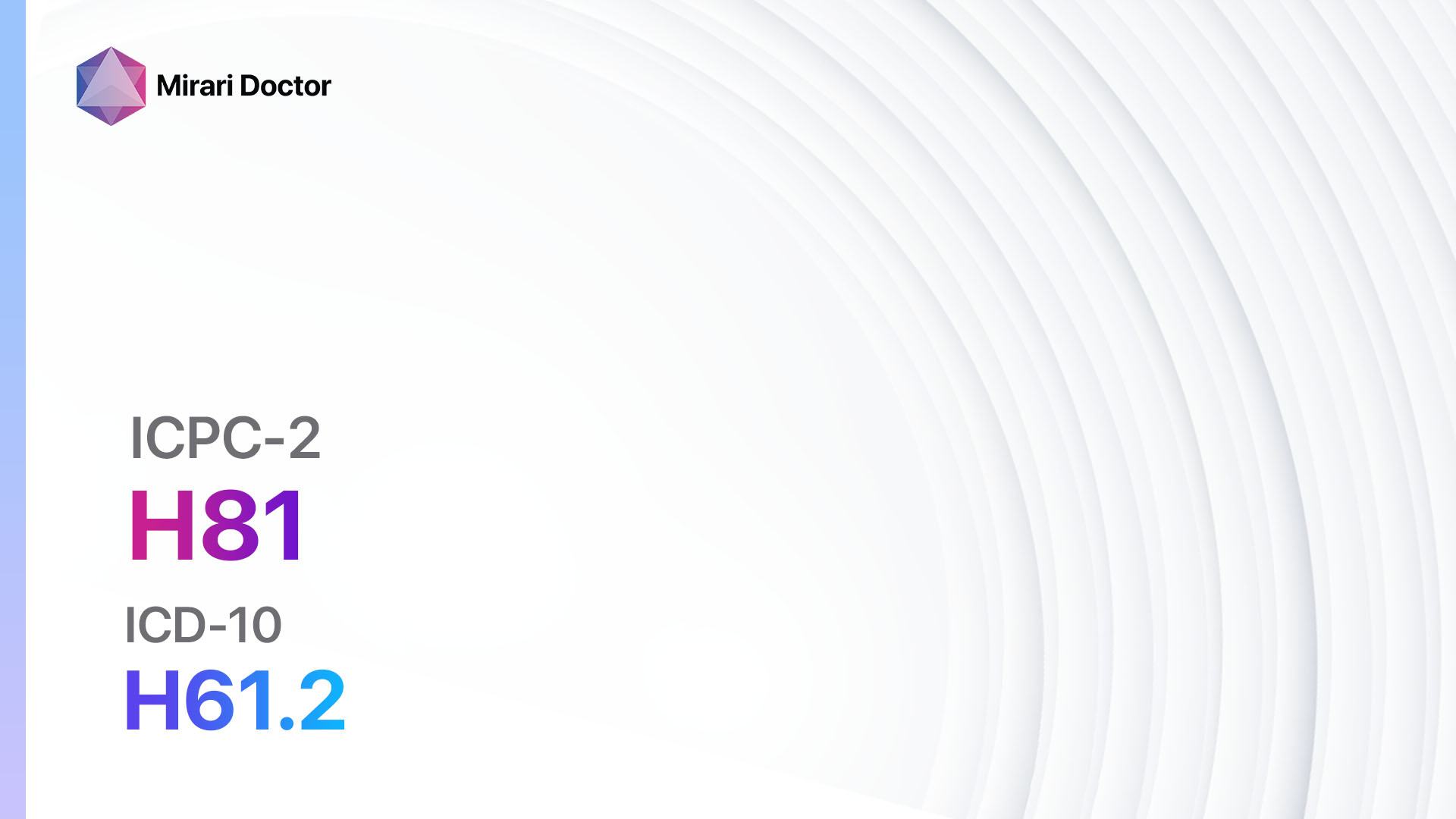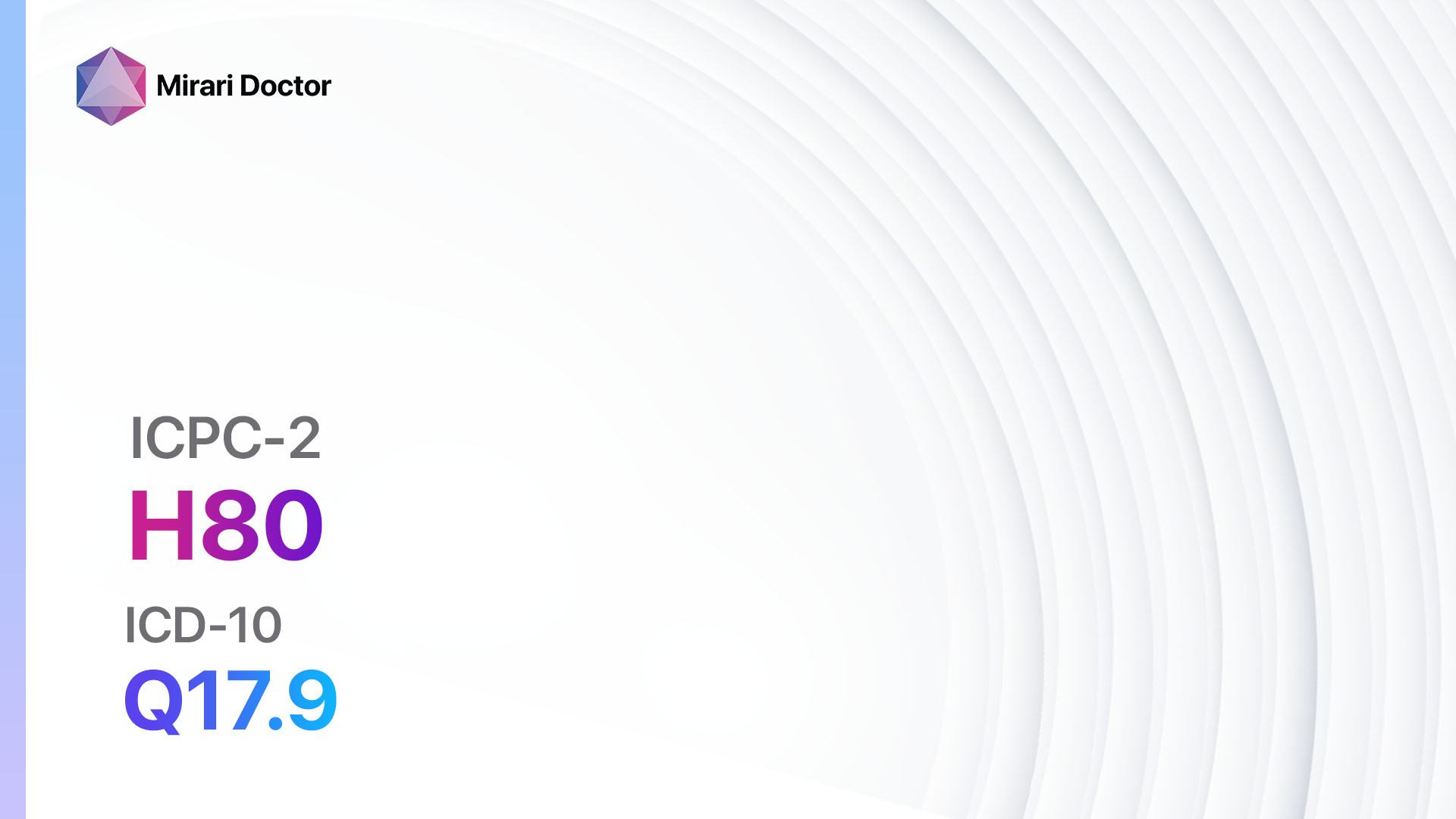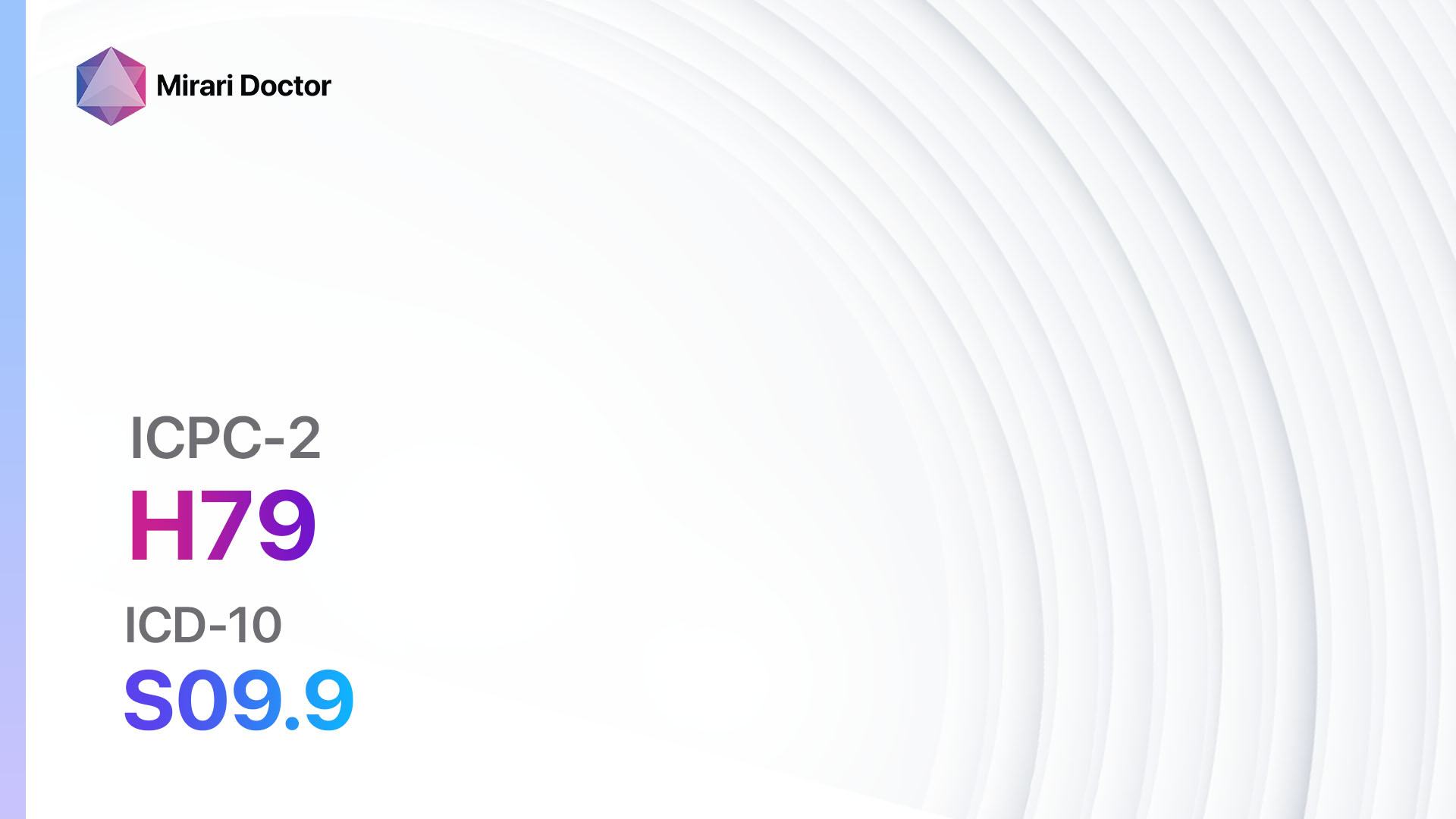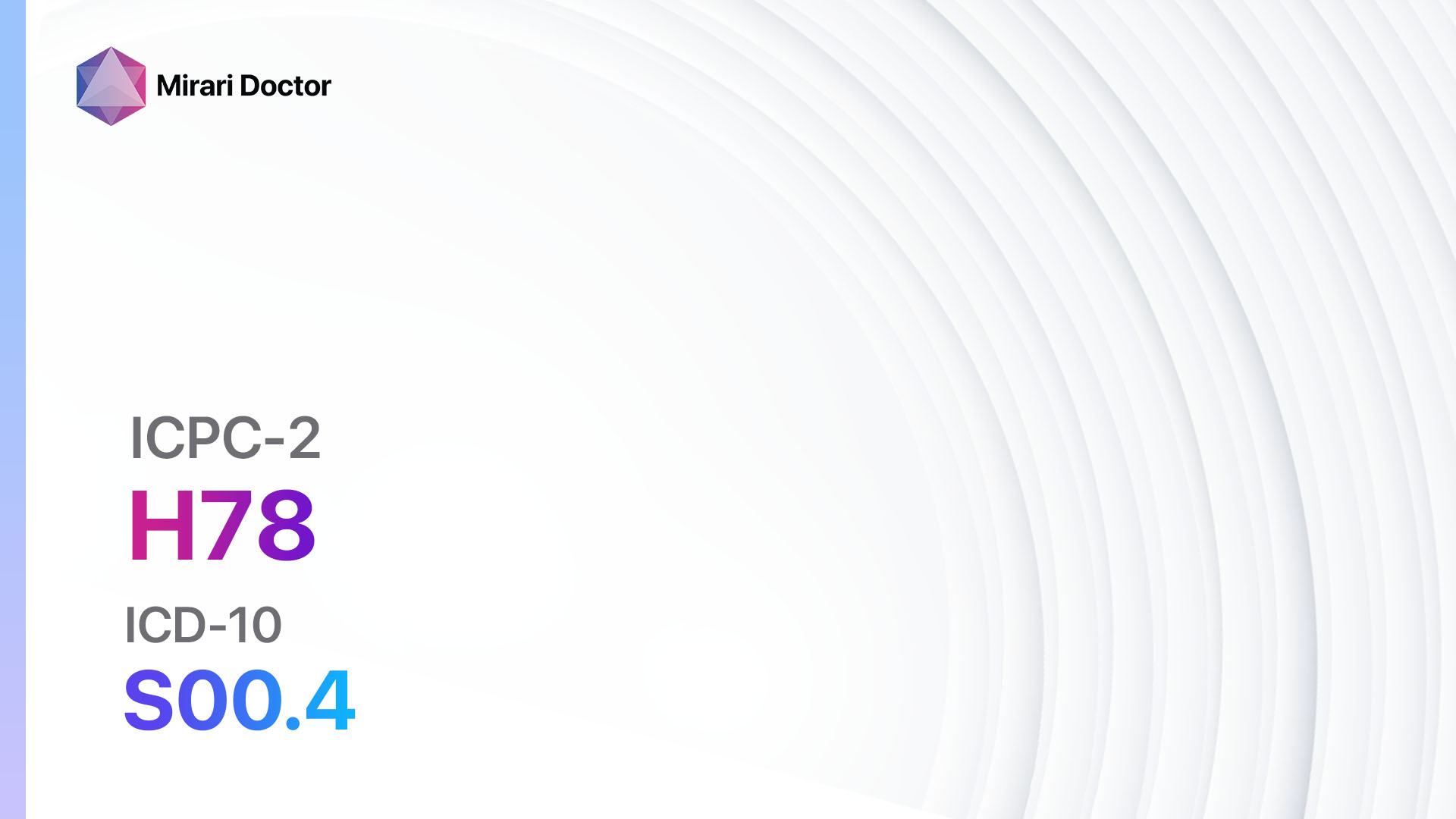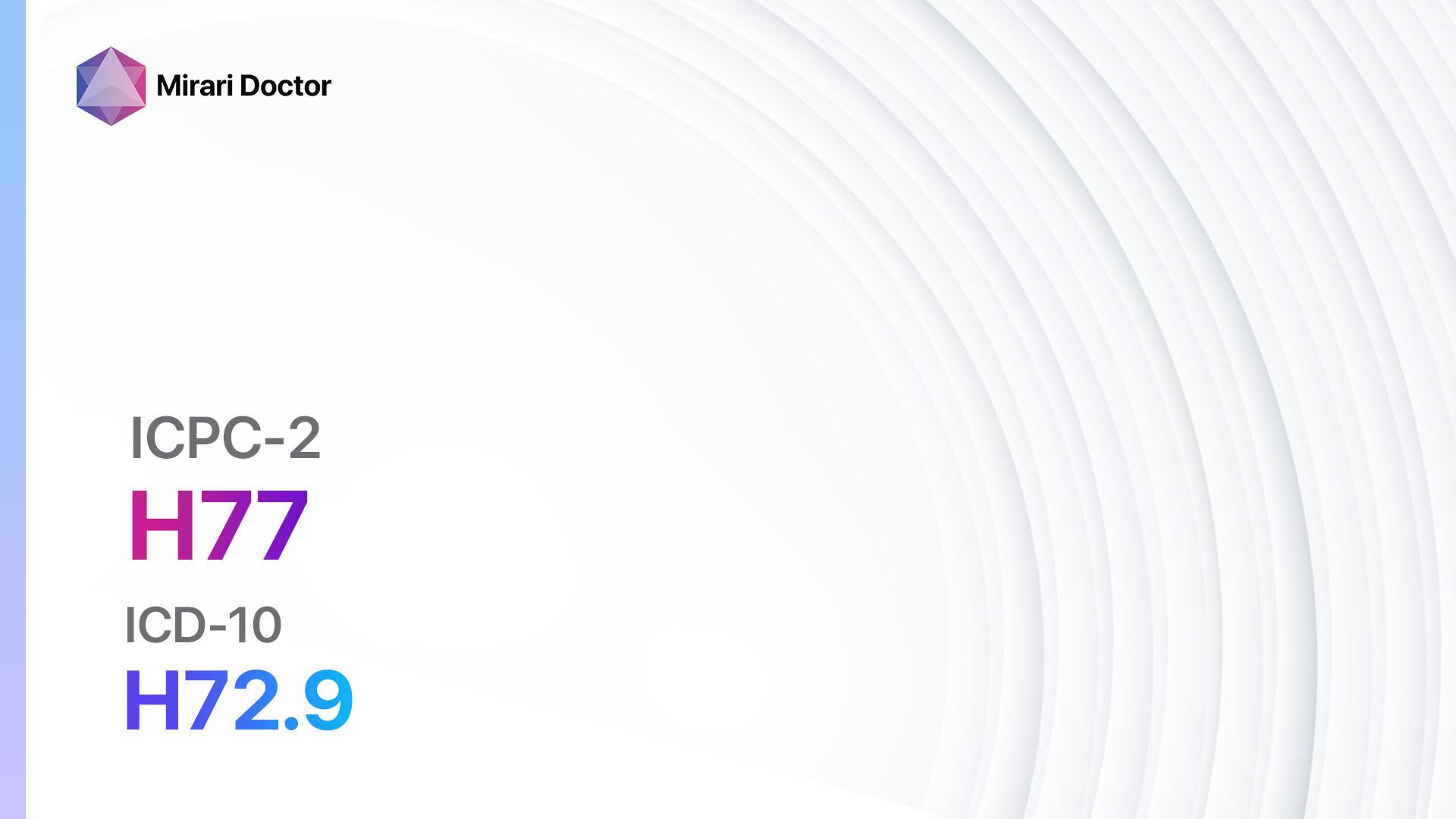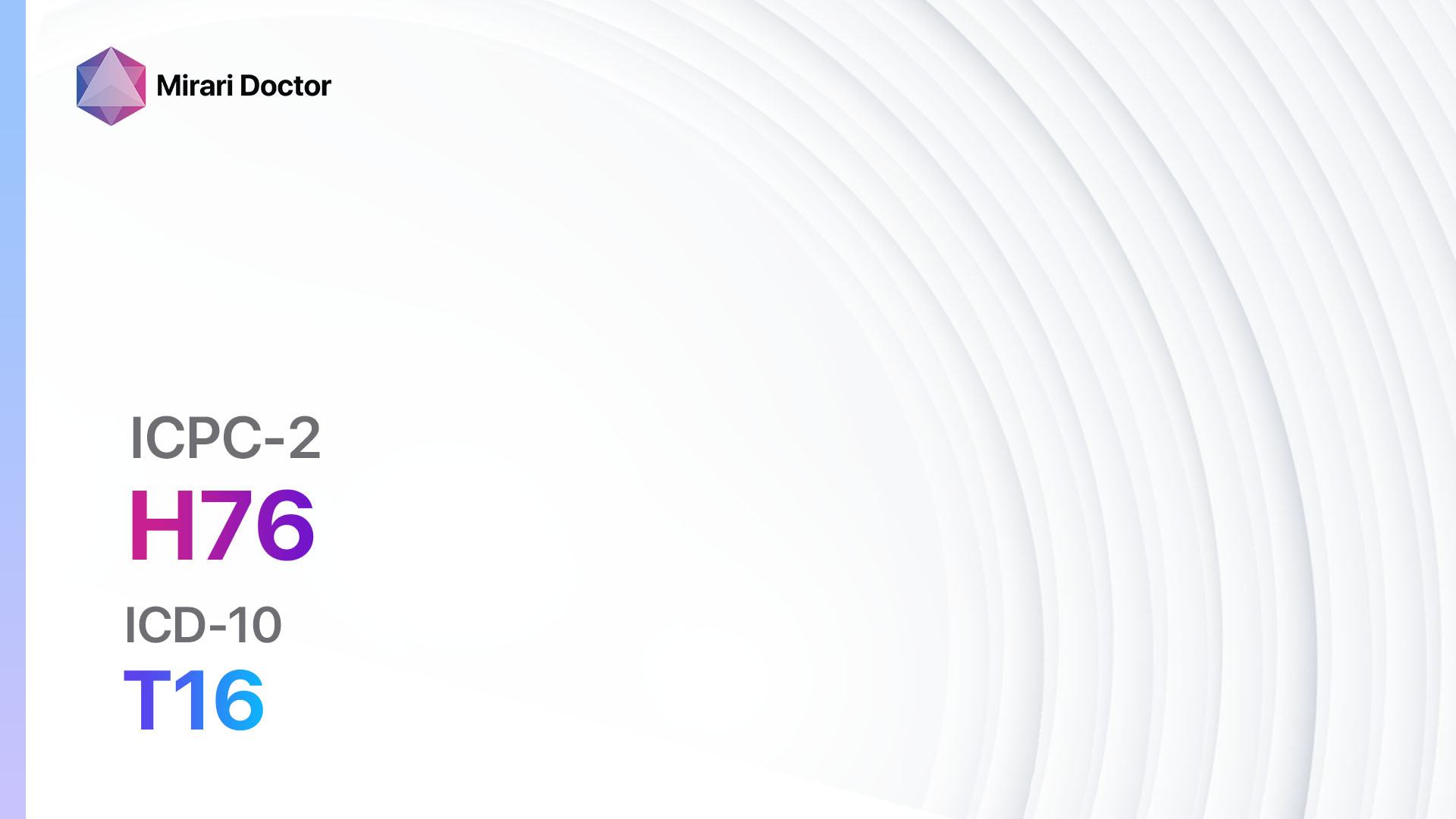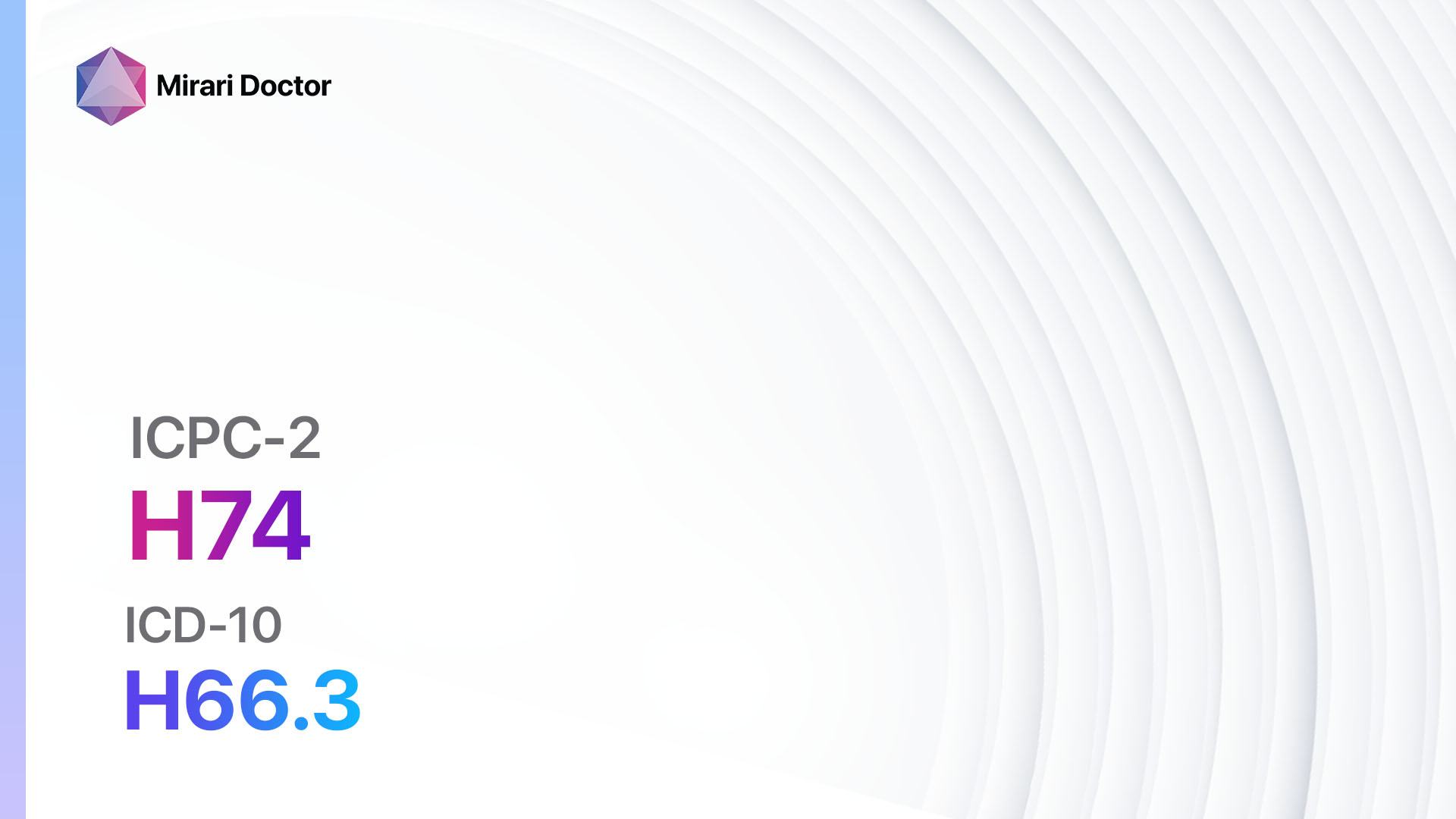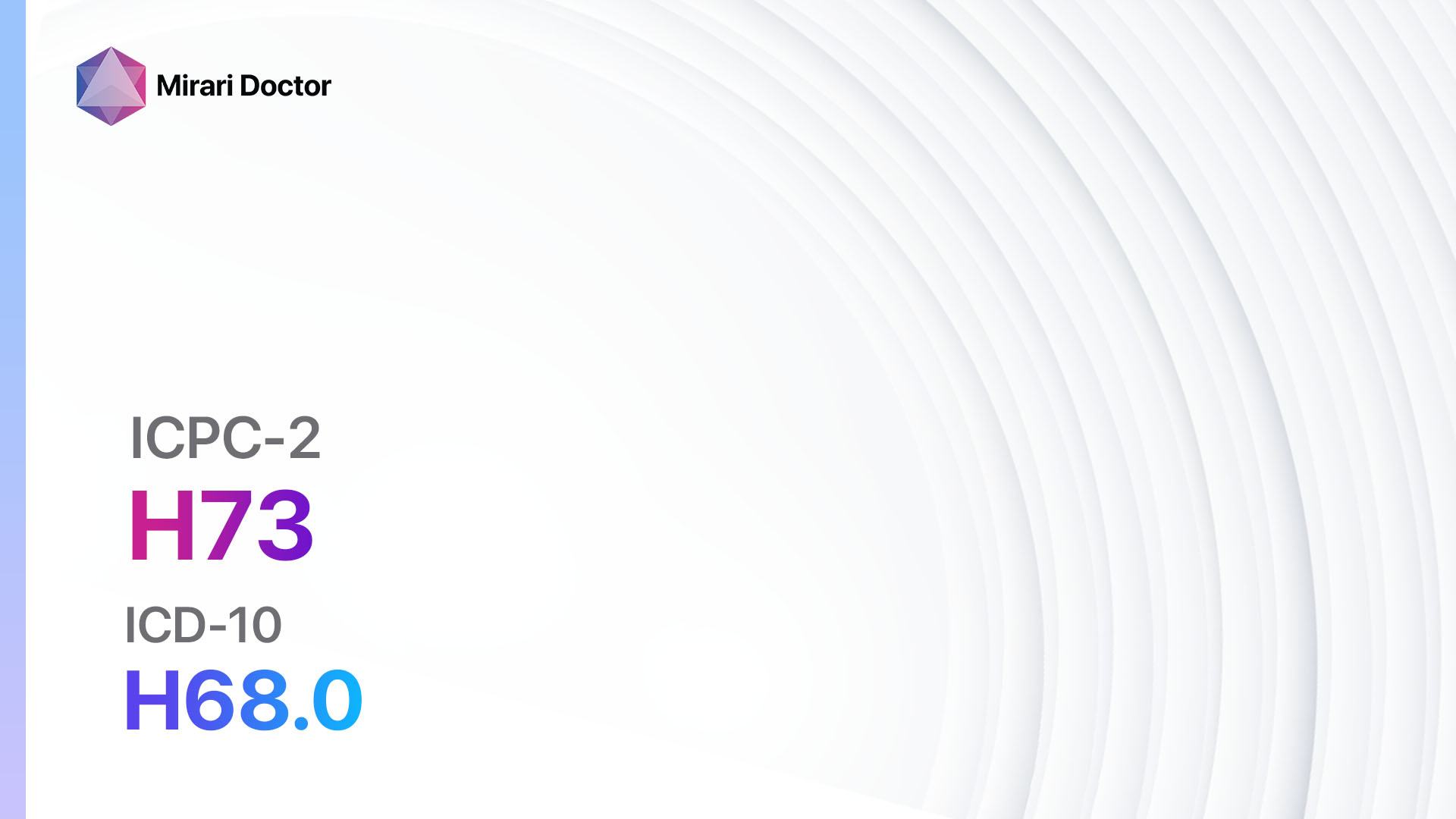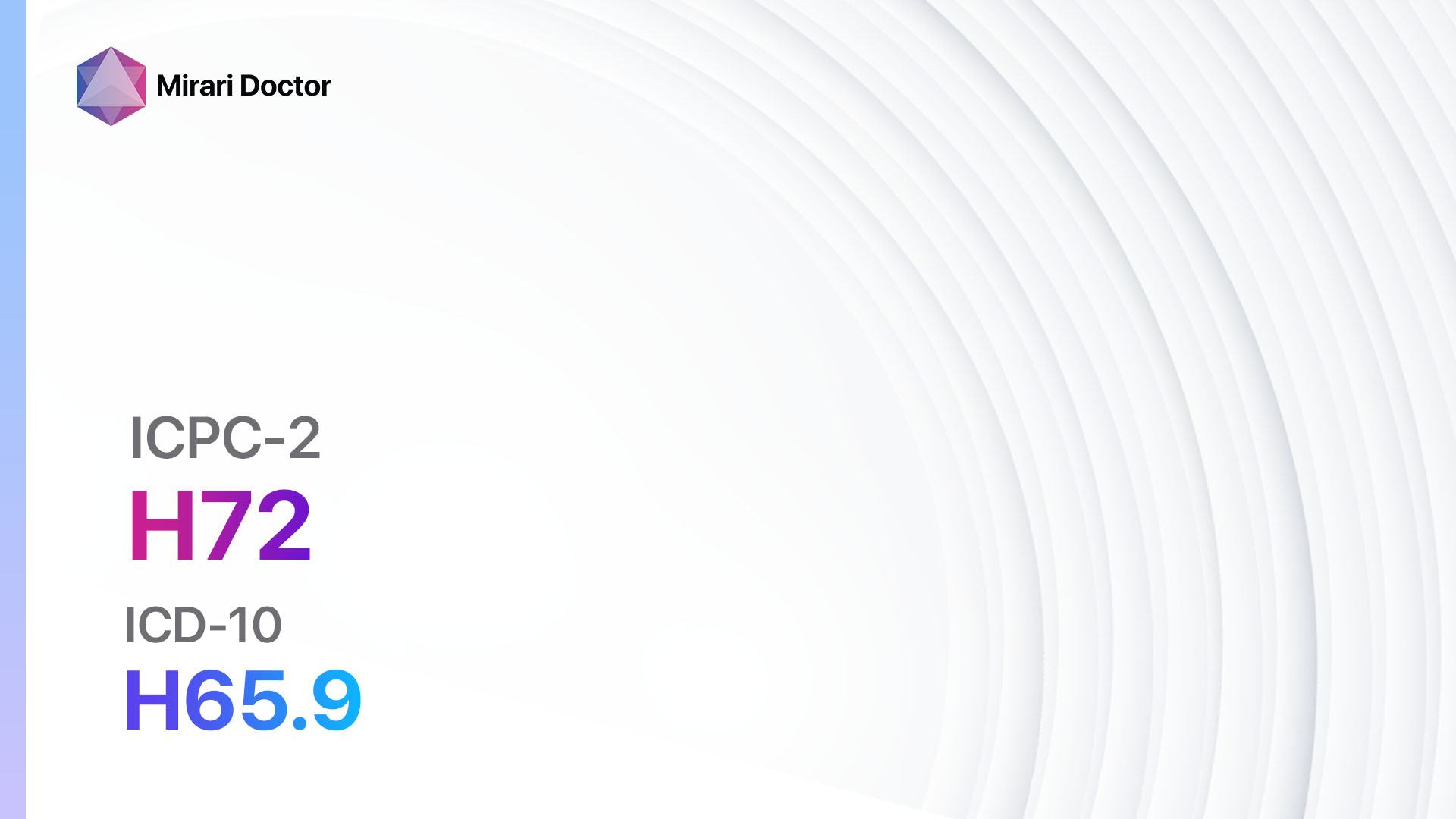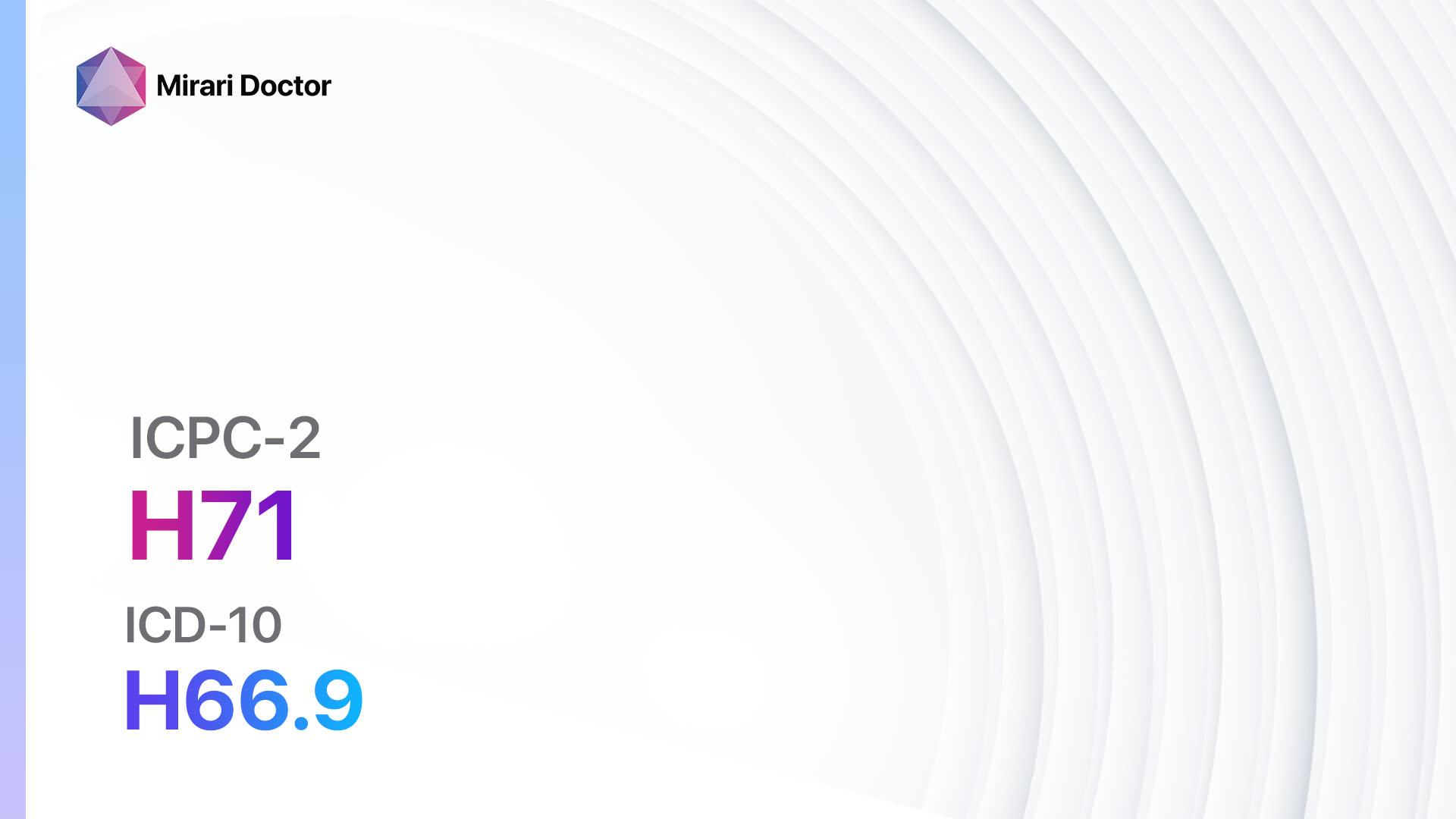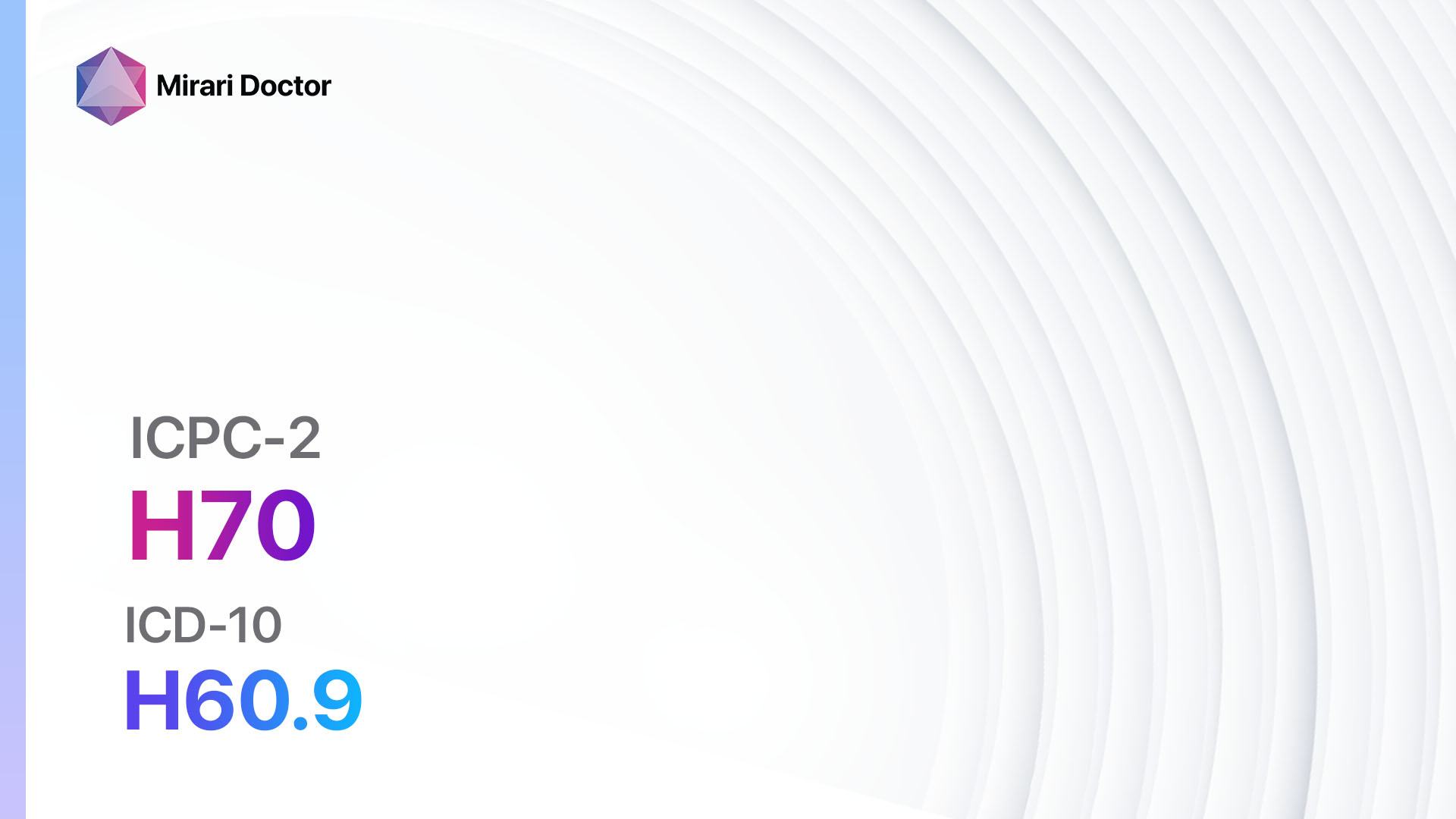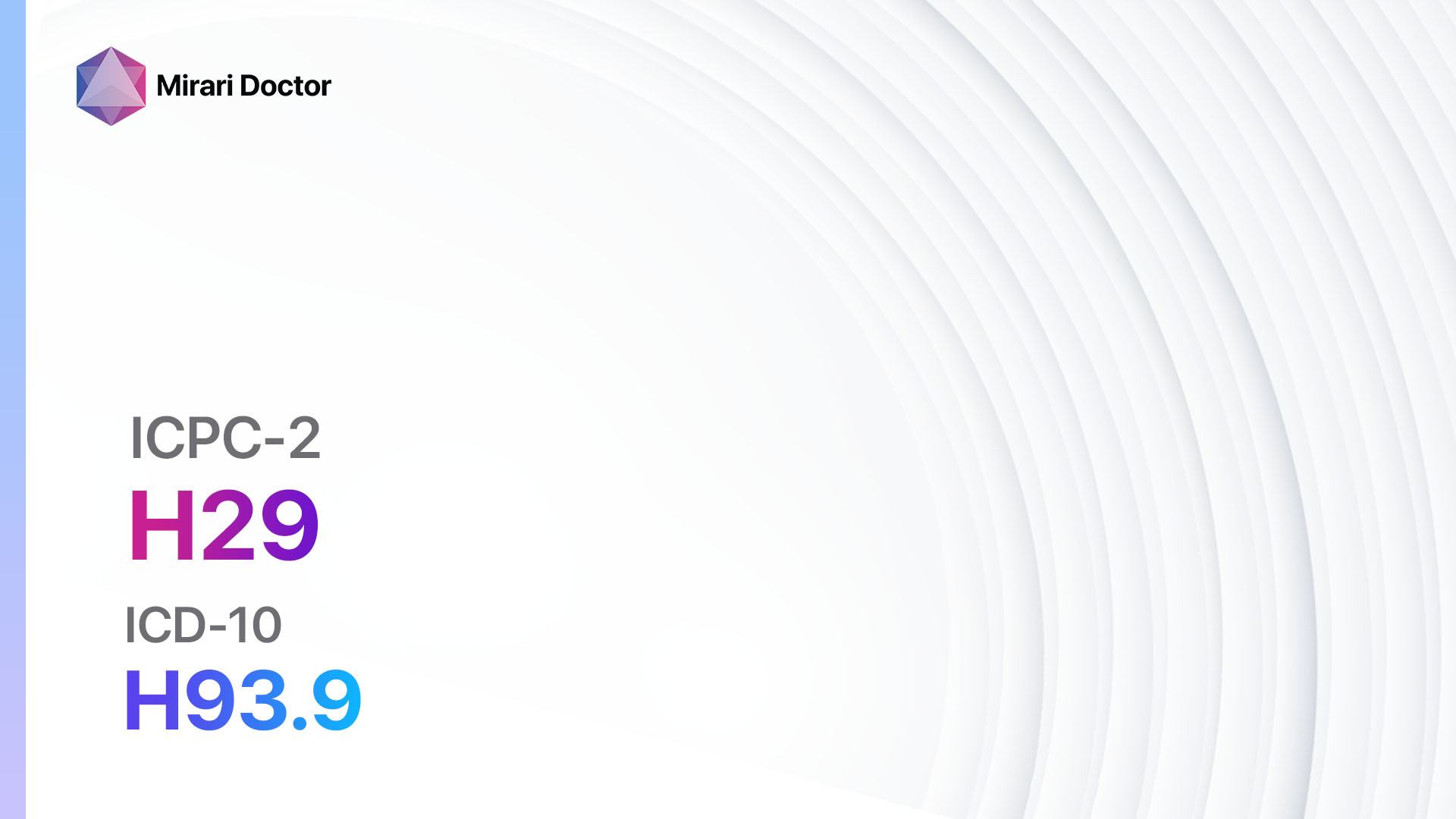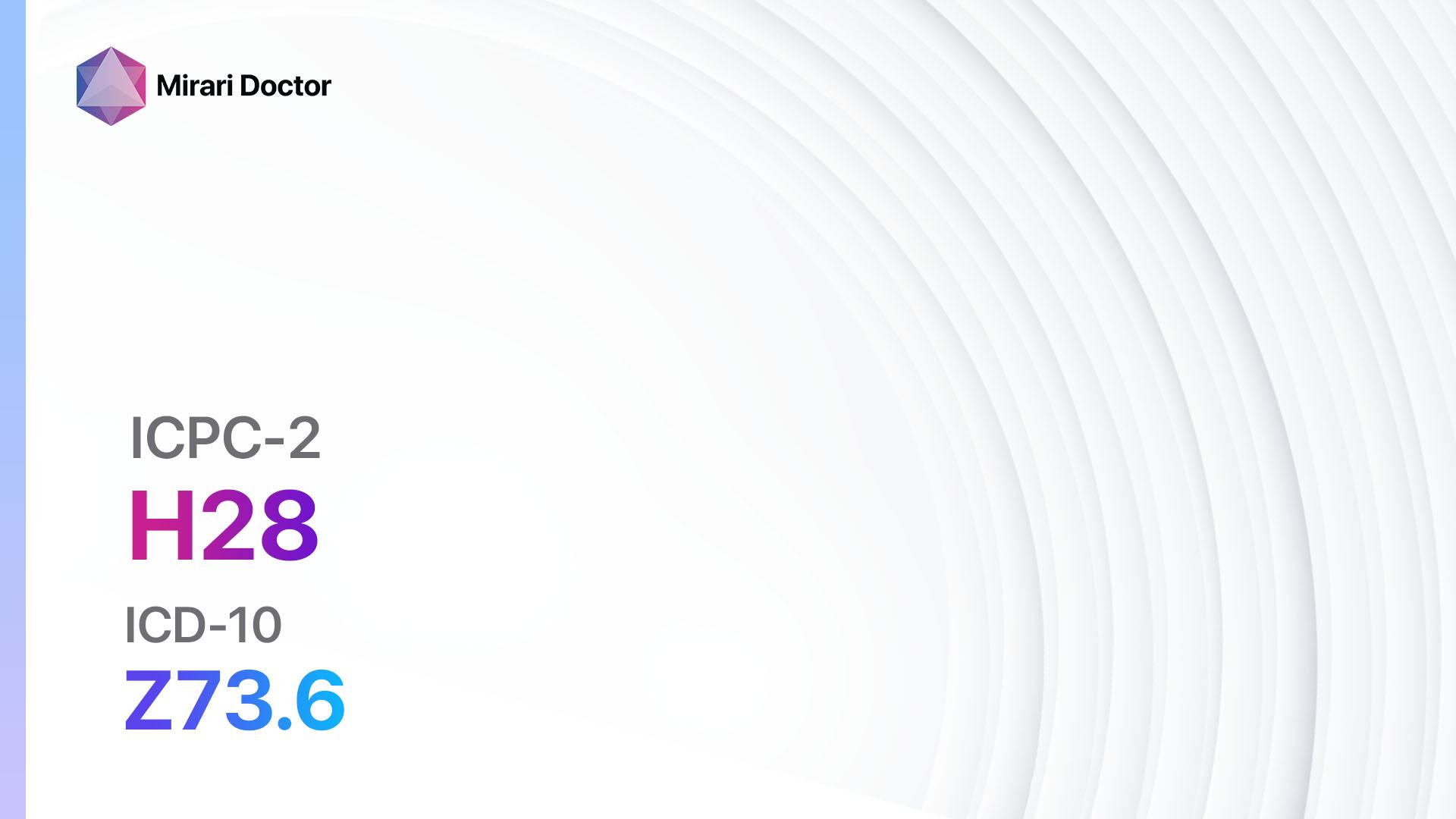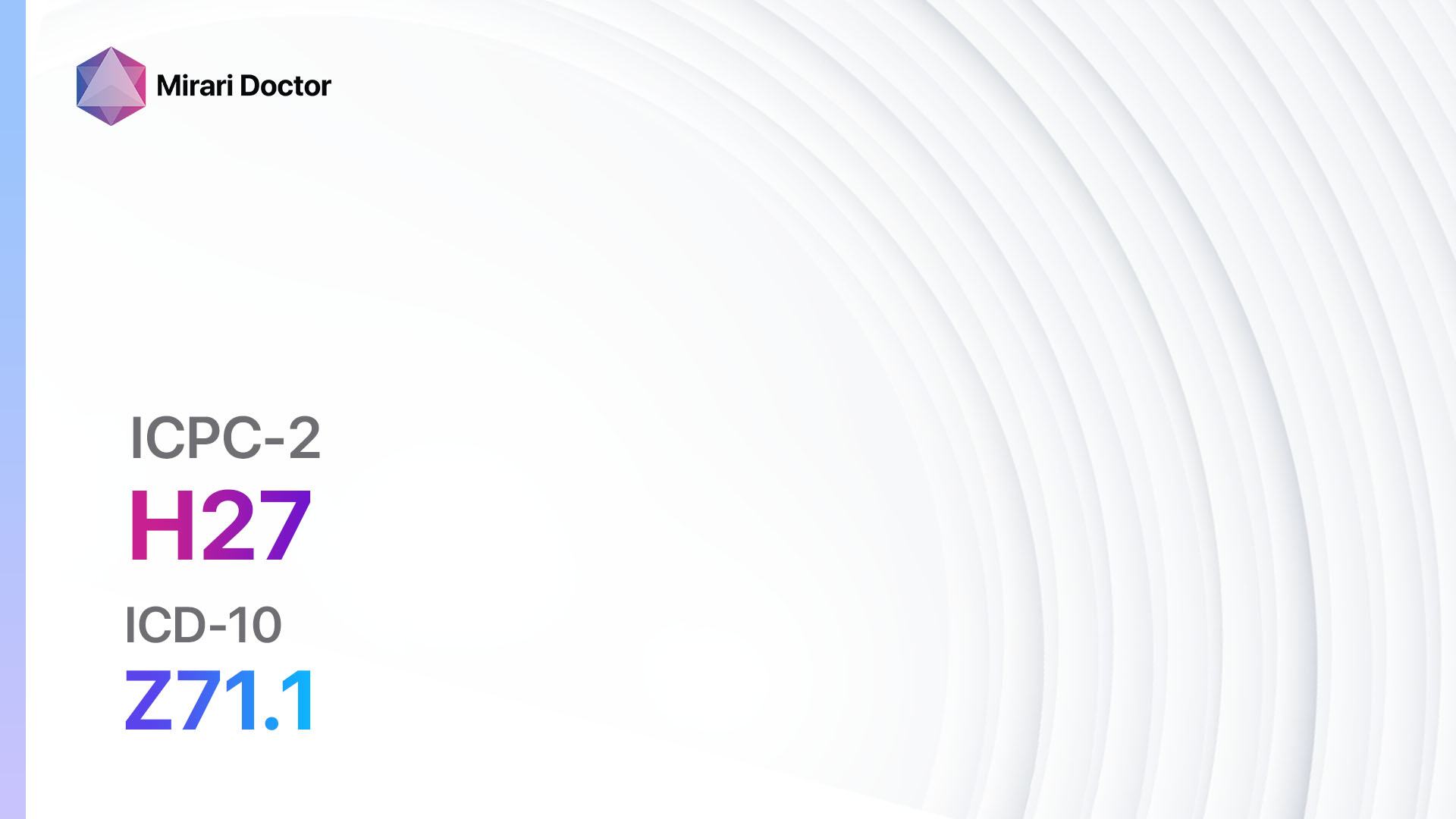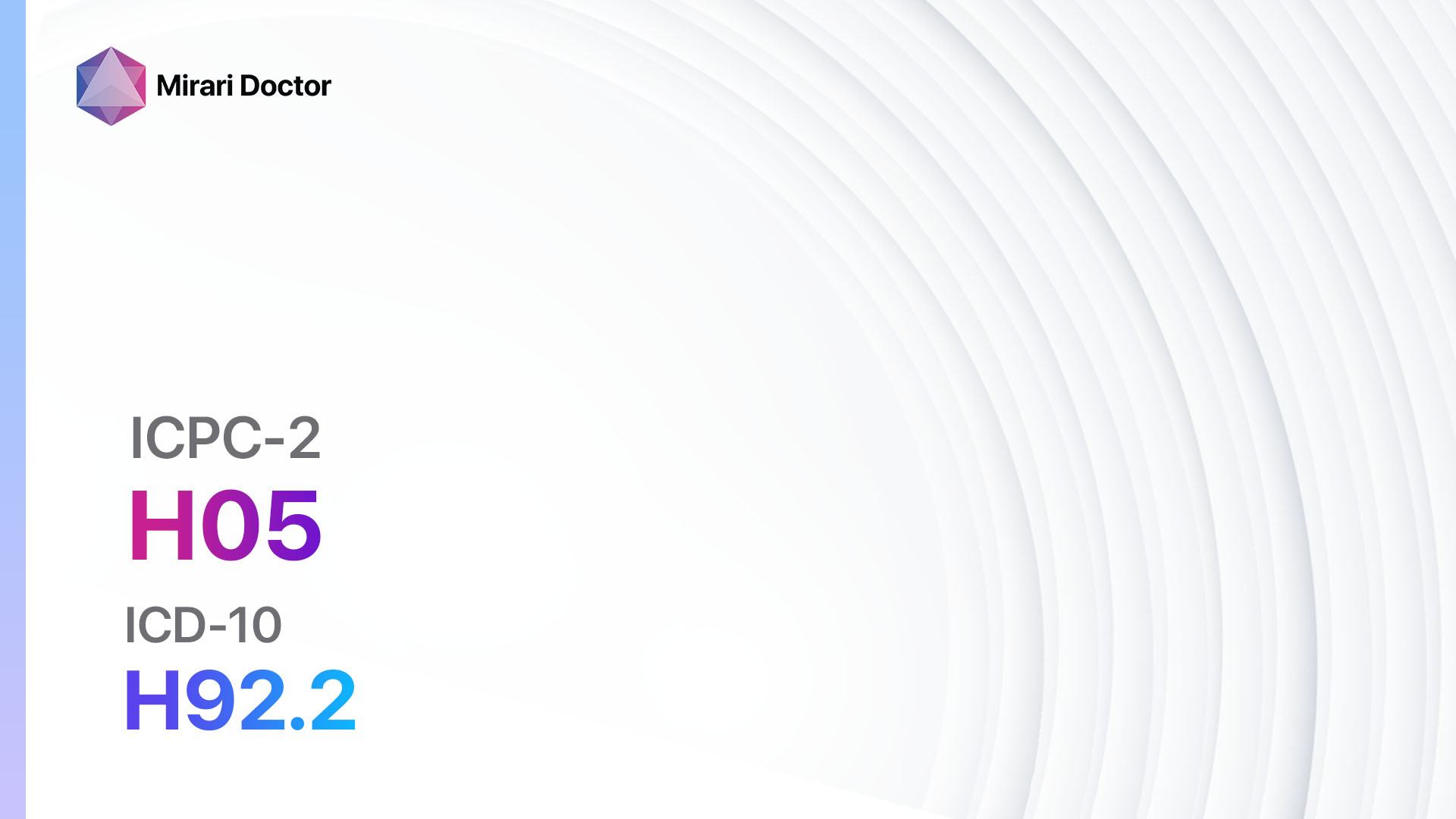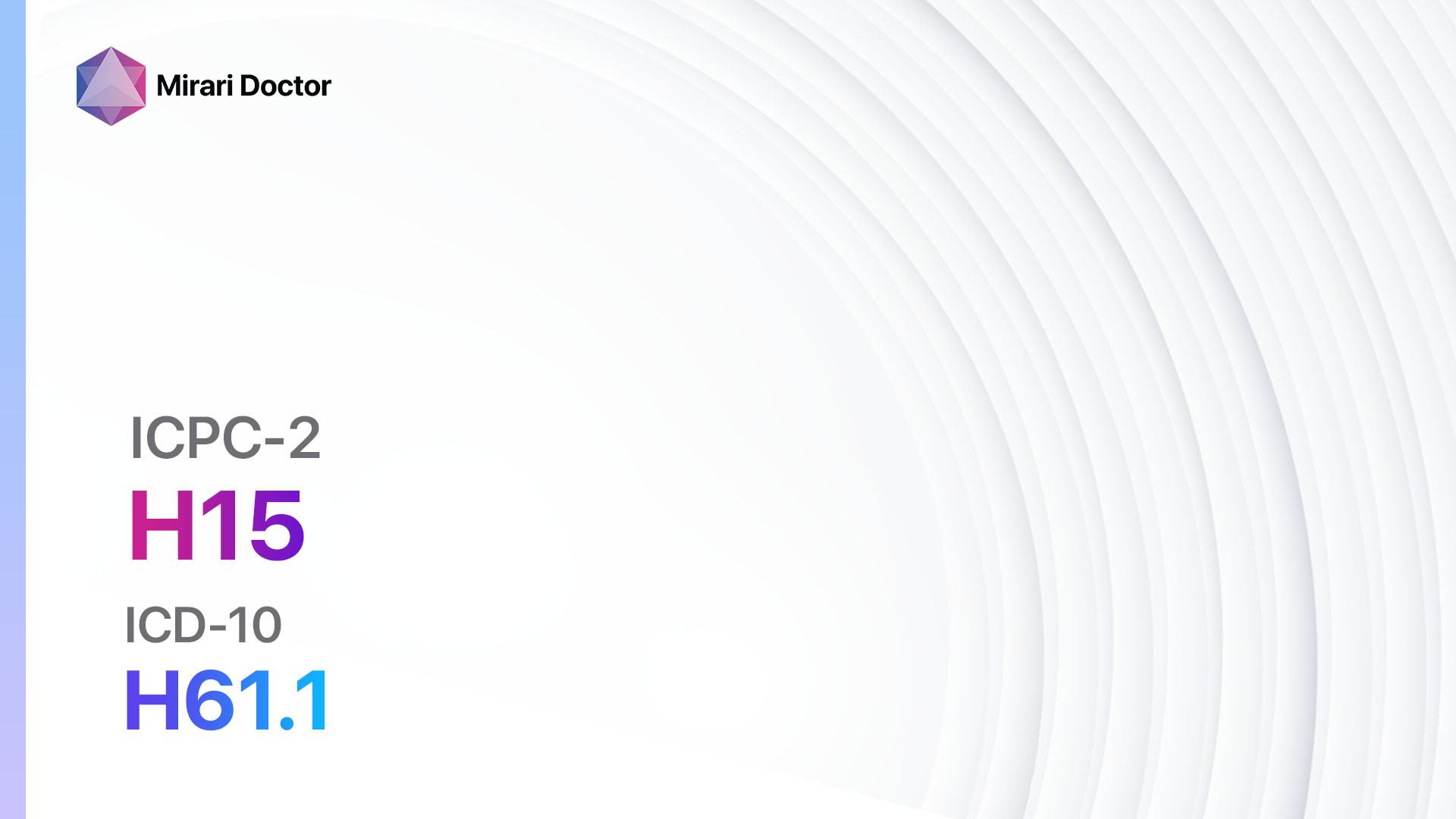
Introduction
Concern with the appearance of ears, also known as otoplasty, is a condition where individuals are dissatisfied with the shape, size, or position of their ears[1]. This condition can cause psychological distress and affect self-esteem[2]. The aim of this guide is to provide an overview of the symptoms, causes, diagnostic steps, possible interventions, and lifestyle interventions for concern with the appearance of ears.
Codes
- ICPC-2 Code: H15 Concern with appearance of ears[3]
- ICD-10 Code: H61.1 Acquired deformity of auricle[4]
Symptoms
- Protruding ears: Ears that stick out prominently from the head[5].
- Asymmetrical ears: One ear is noticeably different in shape or size compared to the other ear[6].
Causes
- Genetics: Concern with the appearance of ears can be inherited from parents[7].
- Developmental abnormalities: Abnormalities during fetal development can result in ear deformities[8].
- Trauma: Injuries to the ear can cause deformities or changes in appearance[9].
Diagnostic Steps
Medical History
- Gather information about the patient’s concerns and dissatisfaction with their ear appearance[10].
- Inquire about any previous trauma or injuries to the ears.
- Assess the patient’s family history of ear deformities.
Physical Examination
- Examine the ears to determine the specific deformity or abnormality.
- Measure the position and size of the ears in relation to the head.
- Assess the symmetry of the ears.
Laboratory Tests
- No specific laboratory tests are required for the diagnosis of concern with the appearance of ears.
Diagnostic Imaging
- No diagnostic imaging is necessary for the diagnosis of concern with the appearance of ears.
Other Tests
- No other diagnostic tests are necessary for the diagnosis of concern with the appearance of ears.
Follow-up and Patient Education
- Provide counseling and education to the patient regarding the available treatment options.
- Discuss the risks, benefits, and expected outcomes of the interventions.
- Schedule follow-up appointments to monitor the patient’s progress and address any concerns.
Possible Interventions
Traditional Interventions
Medications:
Top 5 drugs for concern with the appearance of ears:
- No medications are typically prescribed for concern with the appearance of ears.
Alternative Drugs:
- No alternative drugs are typically used for concern with the appearance of ears.
Surgical Procedures:
- Otoplasty: Surgical reshaping of the ears to improve their appearance.
- Cost: $3,000 to $8,000.
- Contraindications: Active infections, bleeding disorders.
- Side effects: Swelling, bruising, temporary numbness.
- Severe side effects: Infection, scarring, asymmetry.
- Drug interactions: N/A
- Warning: Recovery period may require wearing a headband or bandages for several weeks.
Alternative Interventions
- Non-surgical ear reshaping devices: Devices that apply pressure to the ears to gradually reshape them.
- Cost: $100 to $300.
- Effectiveness: Limited evidence supporting their effectiveness.
- Ear splinting: The use of splints or molds to reshape the ears.
- Cost: $200 to $500.
- Effectiveness: Limited evidence supporting its effectiveness.
- Ear exercises: Specific exercises designed to strengthen and reshape the ear cartilage.
- Cost: Free.
- Effectiveness: Limited evidence supporting their effectiveness.
Lifestyle Interventions
- Hairstyling: Certain hairstyles can help camouflage the appearance of protruding or asymmetrical ears.
- Cost: Varies depending on the salon or stylist.
- Effectiveness: Temporary improvement in appearance.
- Ear accessories: Wearing hats, headbands, or earrings can divert attention from the ears.
- Cost: Varies depending on the accessories.
- Effectiveness: Temporary improvement in appearance.
It is important to note that the cost ranges provided are approximate and may vary depending on the location and availability of the interventions. It is recommended to consult with a healthcare professional for personalized advice and treatment options.
Mirari Cold Plasma Alternative Intervention
Understanding Mirari Cold Plasma
- Safe and Non-Invasive Treatment: Mirari Cold Plasma is a safe and non-invasive treatment option for various skin conditions. It does not require incisions, minimizing the risk of scarring, bleeding, or tissue damage.
- Efficient Extraction of Foreign Bodies: Mirari Cold Plasma facilitates the removal of foreign bodies from the skin by degrading and dissociating organic matter, allowing easier access and extraction.
- Pain Reduction and Comfort: Mirari Cold Plasma has a local analgesic effect, providing pain relief during the treatment, making it more comfortable for the patient.
- Reduced Risk of Infection: Mirari Cold Plasma has antimicrobial properties, effectively killing bacteria and reducing the risk of infection.
- Accelerated Healing and Minimal Scarring: Mirari Cold Plasma stimulates wound healing and tissue regeneration, reducing healing time and minimizing the formation of scars.
Mirari Cold Plasma Prescription
Video instructions for using Mirari Cold Plasma Device – H15 Concern with appearance of ears (ICD-10:H61.1)
| Mild | Moderate | Severe |
| Mode setting: 1 (Infection) Location: 0 (Localized) Morning: 15 minutes, Evening: 15 minutes | Mode setting: 1 (Infection) Location: 0 (Localized) Morning: 30 minutes, Lunch: 30 minutes, Evening: 30 minutes | Mode setting: 1 (Infection) Location: 0 (Localized) Morning: 30 minutes, Lunch: 30 minutes, Evening: 30 minutes |
| Mode setting: 2 (Wound Healing) Location: 0 (Localized) Morning: 15 minutes, Evening: 15 minutes | Mode setting: 2 (Wound Healing) Location: 0 (Localized) Morning: 30 minutes, Lunch: 30 minutes, Evening: 30 minutes | Mode setting: 2 (Wound Healing) Location: 0 (Localized) Morning: 30 minutes, Lunch: 30 minutes, Evening: 30 minutes |
| Mode setting: 3 (Antiviral Therapy) Location: 0 (Localized) Morning: 15 minutes, Evening: 15 minutes | Mode setting: 3 (Antiviral Therapy) Location: 0 (Localized) Morning: 30 minutes, Lunch: 30 minutes, Evening: 30 minutes | Mode setting: 3 (Antiviral Therapy) Location: 0 (Localized) Morning: 30 minutes, Lunch: 30 minutes, Evening: 30 minutes |
| Total Morning: 45 minutes approx. $7.50 USD, Evening: 45 minutes approx. $7.50 USD | Total Morning: 90 minutes approx. $15 USD, Lunch: 90 minutes approx. $15 USD, Evening: 90 minutes approx. $15 USD, | Total Morning: 90 minutes approx. $15 USD, Lunch: 90 minutes approx. $15 USD, Evening: 90 minutes approx. $15 USD, |
| Usual treatment for 7-60 days approx. $105 USD – $900 USD | Usual treatment for 6-8 weeks approx. $1,890USD – $2,520 USD | Usual treatment for 3-6 months approx. $4,050 USD – $8,100 USD |
 |
|
Use the Mirari Cold Plasma device to treat Concern with appearance of ears effectively.
WARNING: MIRARI COLD PLASMA IS DESIGNED FOR THE HUMAN BODY WITHOUT ANY ARTIFICIAL OR THIRD PARTY PRODUCTS. USE OF OTHER PRODUCTS IN COMBINATION WITH MIRARI COLD PLASMA MAY CAUSE UNPREDICTABLE EFFECTS, HARM OR INJURY. PLEASE CONSULT A MEDICAL PROFESSIONAL BEFORE COMBINING ANY OTHER PRODUCTS WITH USE OF MIRARI.
Step 1: Cleanse the Skin
- Start by cleaning the affected area of the skin with a gentle cleanser or mild soap and water. Gently pat the area dry with a clean towel.
Step 2: Prepare the Mirari Cold Plasma device
- Ensure that the Mirari Cold Plasma device is fully charged or has fresh batteries as per the manufacturer’s instructions. Make sure the device is clean and in good working condition.
- Switch on the Mirari device using the power button or by following the specific instructions provided with the device.
- Some Mirari devices may have adjustable settings for intensity or treatment duration. Follow the manufacturer’s instructions to select the appropriate settings based on your needs and the recommended guidelines.
Step 3: Apply the Device
- Place the Mirari device in direct contact with the affected area of the skin. Gently glide or hold the device over the skin surface, ensuring even coverage of the area experiencing.
- Slowly move the Mirari device in a circular motion or follow a specific pattern as indicated in the user manual. This helps ensure thorough treatment coverage.
Step 4: Monitor and Assess:
- Keep track of your progress and evaluate the effectiveness of the Mirari device in managing your Concern with appearance of ears. If you have any concerns or notice any adverse reactions, consult with your health care professional.
Note
This guide is for informational purposes only and should not replace the advice of a medical professional. Always consult with your healthcare provider or a qualified medical professional for personal advice, diagnosis, or treatment. Do not solely rely on the information presented here for decisions about your health. Use of this information is at your own risk. The authors of this guide, nor any associated entities or platforms, are not responsible for any potential adverse effects or outcomes based on the content.
Mirari Cold Plasma System Disclaimer
- Purpose: The Mirari Cold Plasma System is a Class 2 medical device designed for use by trained healthcare professionals. It is registered for use in Thailand and Vietnam. It is not intended for use outside of these locations.
- Informational Use: The content and information provided with the device are for educational and informational purposes only. They are not a substitute for professional medical advice or care.
- Variable Outcomes: While the device is approved for specific uses, individual outcomes can differ. We do not assert or guarantee specific medical outcomes.
- Consultation: Prior to utilizing the device or making decisions based on its content, it is essential to consult with a Certified Mirari Tele-Therapist and your medical healthcare provider regarding specific protocols.
- Liability: By using this device, users are acknowledging and accepting all potential risks. Neither the manufacturer nor the distributor will be held accountable for any adverse reactions, injuries, or damages stemming from its use.
- Geographical Availability: This device has received approval for designated purposes by the Thai and Vietnam FDA. As of now, outside of Thailand and Vietnam, the Mirari Cold Plasma System is not available for purchase or use.
References
- Healthline. (n.d.). Ears That Stick Out: Causes and Treatment. Retrieved from//www.healthline.com/health/ears-that-stick-out
- Thorne, M. C., Wilkes, D., & Becker, P. J. (2012). Otoplasty: A review of the surgical techniques and analysis of postoperative outcomes. Facial Plastic Surgery, 28(02), 111-119.
- PH3C. (n.d.). ICPC-1 mapping ICPC-2.xlsx. Retrieved from//www.ph3c.org/PH3C/docs/27/000460/0000852.pdf
- ICD10Data.com. (2023). 2023 ICD-10-CM Diagnosis Code H61.1. Retrieved from//www.icd10data.com/ICD10CM/Codes/H60-H95/H60-H62/H61-/H61.1
- Mayo Clinic. (2021). Otoplasty. Retrieved from//www.mayoclinic.org/tests-procedures/otoplasty/about/pac-20394822
- Janis, J. E., Rohrich, R. J., & Gutowski, K. A. (2005). Otoplasty. Plastic and Reconstructive Surgery, 115(4), 60e-72e.
- Luquetti, D. V., Heike, C. L., Hing, A. V., Cunningham, M. L., & Cox, T. C. (2012). Microtia: Epidemiology and genetics. American Journal of Medical Genetics Part A, 158(1), 124-139.
- Alasti, F., & Van Camp, G. (2009). Genetics of microtia and associated syndromes. Journal of Medical Genetics, 46(6), 361-369.
- Kelley, P. E., & Scholes, M. A. (2007). Microtia and congenital aural atresia. Otolaryngologic Clinics of North America, 40(1), 61-80.
- Nazarian, R., & Eshraghi, A. A. (2011). Otoplasty for the protruded ear. Seminars in Plastic Surgery, 25(04), 288-294.
Related articles
Made in USA


